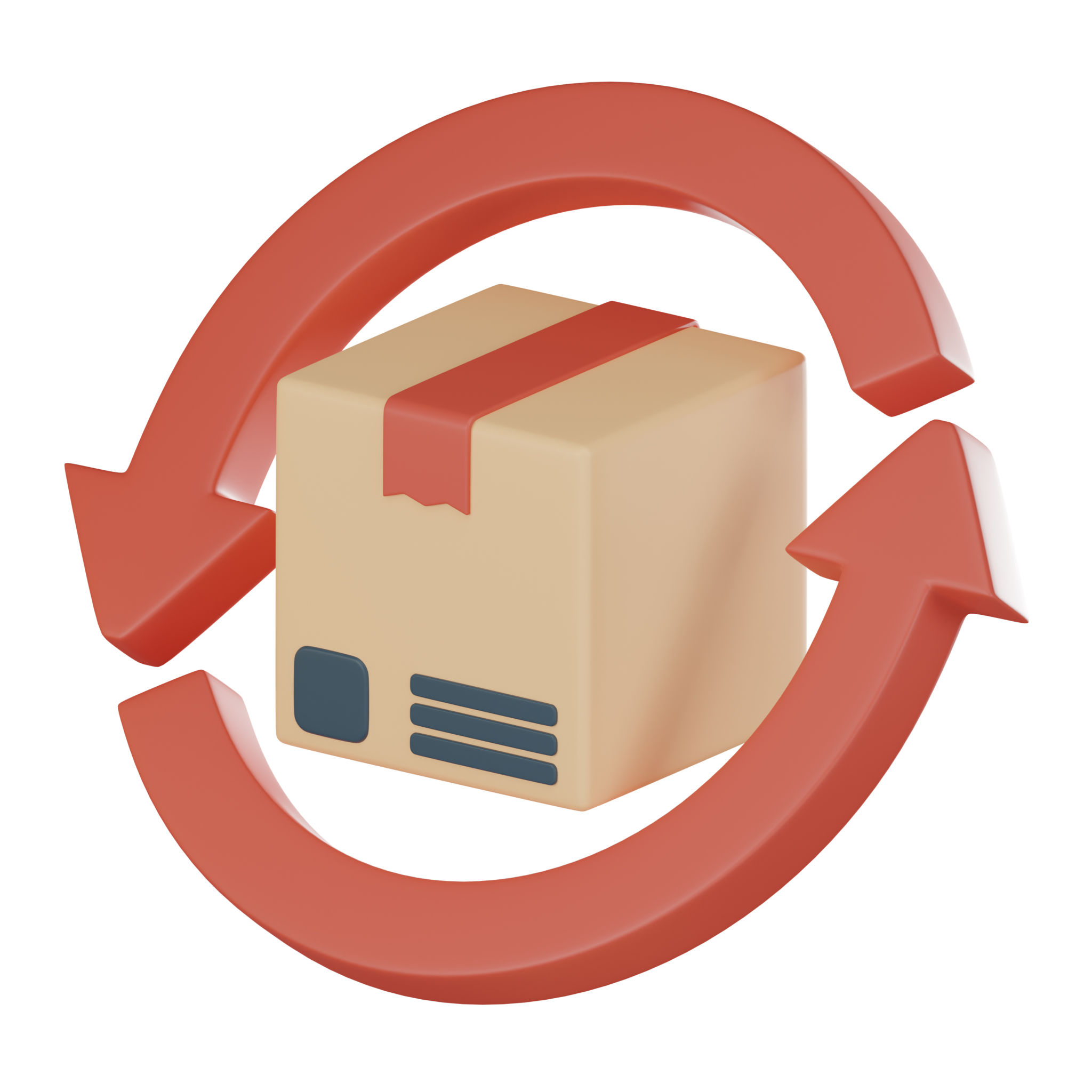The Art of Reverse Logistics: Transforming Returns into Revenue
Understanding Reverse Logistics
In today's competitive market, the art of reverse logistics is becoming increasingly vital. Reverse logistics involves the process of moving goods from their final destination for the purpose of capturing value or proper disposal. This process is not just about managing returns but transforming them into revenue opportunities.
Companies that excel in reverse logistics can significantly enhance customer satisfaction and operational efficiency. By streamlining the returns process, businesses can reduce costs and recapture value through refurbishment, recycling, or resale.

The Benefits of Effective Reverse Logistics
Implementing a robust reverse logistics strategy offers numerous benefits. Firstly, it can lead to reduced waste and a lower environmental footprint. By efficiently managing returns, companies can ensure that products are reused or recycled, contributing to sustainability efforts.
Additionally, reverse logistics can improve customer loyalty. A hassle-free return process enhances the shopping experience, encouraging repeat business and positive word-of-mouth.

Cost Savings and Revenue Generation
One of the most compelling reasons to focus on reverse logistics is the potential for cost savings. Efficient handling of returns can minimize transportation and storage costs. Furthermore, businesses can recover value from returned products through various means:
- Refurbishing and reselling items
- Recycling components
- Donating unsellable products

Implementing a Successful Reverse Logistics Strategy
To transform returns into revenue, businesses must develop a well-thought-out reverse logistics strategy. This involves understanding customer needs, streamlining processes, and leveraging technology. Here are some key steps:
- Analyze return patterns and reasons
- Invest in technology for tracking and managing returns
- Partner with logistics providers for efficient processing
By focusing on these areas, companies can create a seamless return experience for customers while optimizing their bottom line.

Challenges and Considerations
While the benefits are clear, reverse logistics also presents challenges. Companies must navigate complex supply chains, handle varying product conditions, and manage customer expectations. Additionally, aligning reverse logistics with sustainability goals requires careful planning and execution.
Despite these challenges, businesses that prioritize reverse logistics often find that the rewards far outweigh the difficulties. A strategic approach can turn potential losses into profitable opportunities.

Conclusion
The art of reverse logistics is not just about handling returns; it's about transforming them into valuable assets. By understanding the intricacies of reverse logistics and implementing effective strategies, companies can achieve significant cost savings, enhance customer satisfaction, and contribute to sustainability.
As the market continues to evolve, businesses that master reverse logistics will be well-positioned to thrive in an increasingly competitive landscape.
